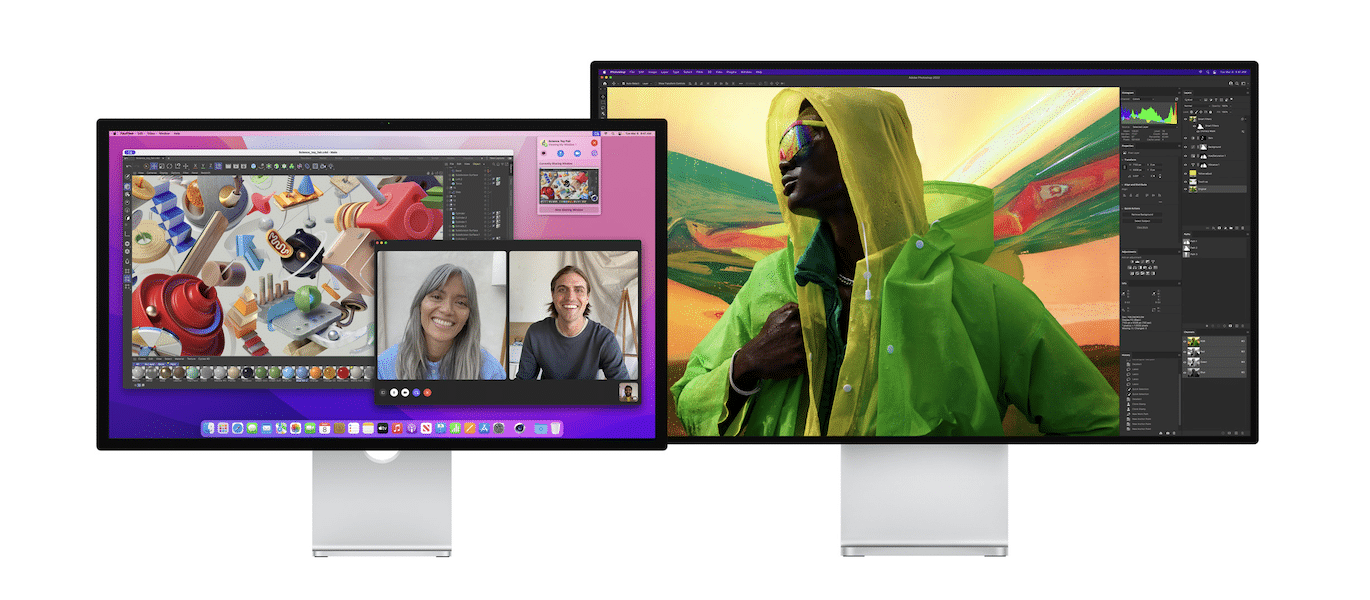Apple only uses OLED displays in iPhone and Apple Watch and rumor mills claim that the company is planning to expand the display tech to other products in the coming years like OLED iPad and MacBook.
A new report by Omdia states that Apple will introduce OLED external monitors in 2027, after launching OLED iPad and MacBook models.

Apple’s adoption of OLED panels would significantly increase the tech’s penetration
In addition to the high-end Pro Display XDR, the tech giant launched an affordable 27-inch external monitor, Studio Display with a 5K LED-backlit screen in 2022. Both monitors do not feature OLED or mini-LED technology.
Commenting on the adoption of OLED display tech by Apple, Omdia’s report (seen by OLED-info) reconfirmed that the tech giant will switch from LCD and mini-LED screen panels to OLED screen panels for iPad in 2024, and MacBook in 2026.
The main catalyst in Omdia’s predictions is Apple’s adoption of OLED displays. Apple will begin using OLEDs in its iPad Pro devices next year, and will start using OLEDs in laptops (MacBook Pro at first) in 2026. In 2027 the company will also start using QD-OLED and/or WOLED displays for its 32″ and 42″ iMac monitors.

In 2021, Apple transitioned the 12.9-inch iPad Pro from LCD to mini-LED tech to deliver higher brightness and expanded it to 14-inch and 16-inch MacBook Pro (2022) models. However, the tech company does not plan to continue with mini-LED tech and has opted for OLED for all mobile devices.
The company will almost completely phase our LCDs and miniLEDs at its mobile devices by 2026.
Organic light-emitting diode (OLED) panels use pixels that glow in response to an electric current and produce their own light without a backlight. Therefore, OLED displays produce higher picture quality with deeper blacks, lighting precision, and refresh rate than an LED (light-emitting diode) LCD (liquid crystal display), especially in low-light environments.
Although OLED panels are also thinner, lighter, and more flexible than LCD panels, they are more expensive than LCD panels because they are difficult to manufacture. Maybe it took so long for Apple to expand the display tech to more devices.
Having said that, the report predicts that the inevitable adoption of OLED tech by Apple would increase its penetration in the market by 2028.
Looking at the market in general, Omdia says the OLED penetration into the laptops and tablets market was just 2% (9.7 million out of over 470 million devices). By 2028, OLED penetration will reach 14%.
Read More: